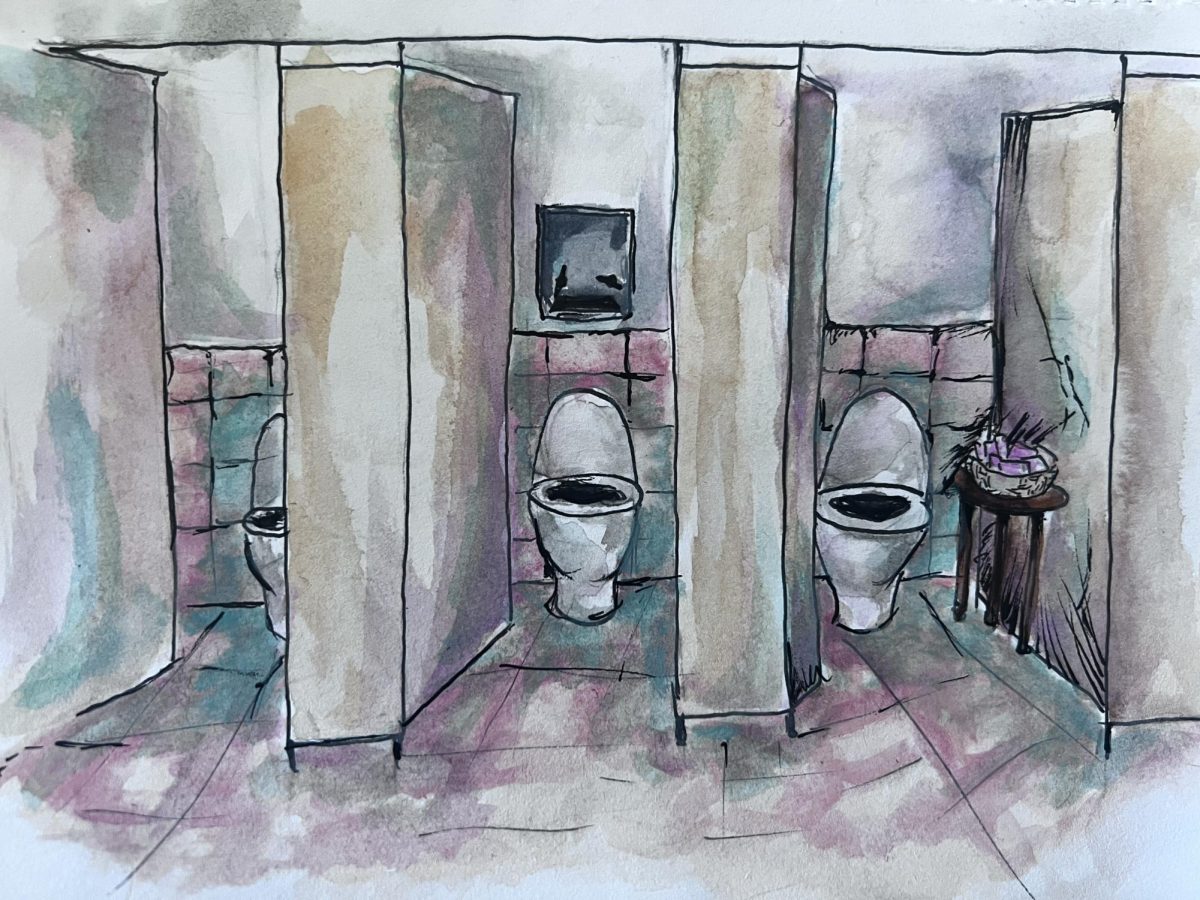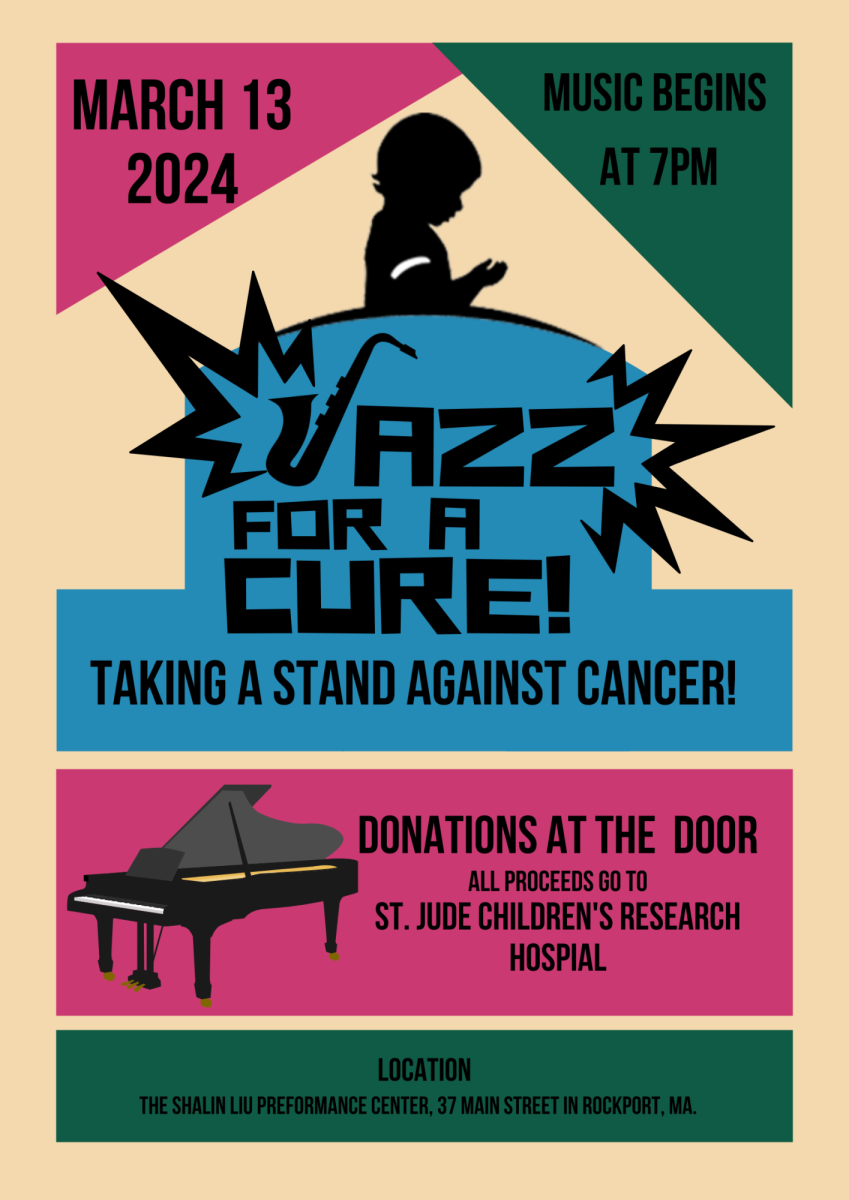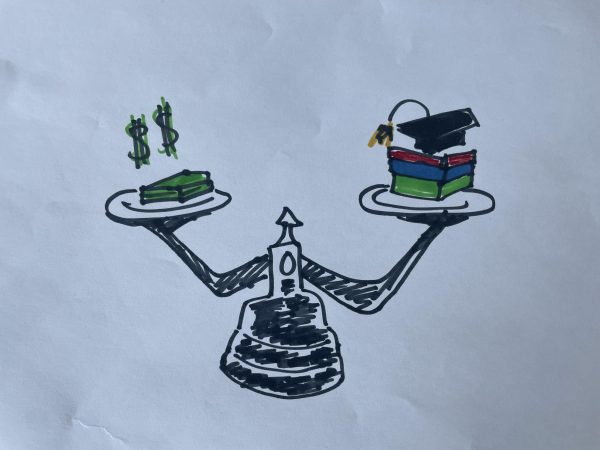The real dropout rate explained
March 17, 2017
Contrary to popular belief, Gloucester High School’s dropout rate did not double. In fact, the dropout rate has significantly decreased over a 10-year time span.
GHS statistics have recently caught the attention of the city, specifically the “dropout rate.” However, confusion about what the numbers actually are and indicate is still prominent. Here’s what these statistics actually mean.
There are two forms of dropout data: unadjusted cohort numbers and adjusted cohort numbers. A “cohort” begins at the start of an entire class’s freshman year after October 1st. This cohort lasts for all four years of the class’s attendance at the high school.
The unadjusted cohort number is calculated by the number of students who enter at the beginning of the cohort plus the number of transfer students who come in during that four year period minus the number of students who transfer out in that time frame.
Similarly, the adjusted cohort number is calculated by the number of students who enter at the beginning of the cohort minus the students who leave the cohort during the four years. This counts as transfers out as well as dropouts.
However, if a student leaves the cohort with the intention of transferring, but then that student never enrolls at another school, that student counts as a “dropout” from Gloucester High.
“The fixation so far has been on the percent dropped out of the cohort,” said Principal James Cook, who further explained that the dropout rate is a completely different statistic that includes all grade levels for one particular year, rather than four, such as a cohort.
According to Cook, the unadjusted cohort number for the cohort of 2016 (class of 2016) was 7.5%. However, this number was calculated over a four year time period, and took into account the amount of students who transferred in or out. This was not the dropout rate for the year of 2016.
Once again, the dropout rate includes all cohorts, or classes, in a single year. The dropout rate for the 2014-2015 school year was 2.0%. In the 2015-2016 school year, the dropout rate was 2.1%.
“The ceiling tiles drop out more than the students do,” said senior Jenna Taormina.
The unadjusted cohort number for the class of 2016 was higher than it was for the class of 2015, which was significantly lower than it has been in the past 10 years. This makes it looks worse because 2015 was such a good year. According to Cook, this anomaly is being looked into.
“We want to look into the number especially if the number isn’t a trend,” said Cook. “It’s interesting and it gives us somewhere to start, but then we need to investigate what’s behind the number and the story behind the number.”










































Peter Parsons • Mar 18, 2017 at 9:56 am
“…what’s behind the number and the story behind the number.” Good place to start–“qualitative research”. I would hope that some sense of WHY students continue to “drop out” of school can be attempted. Perhaps by confidential “interviews”? Might it, for instance, have SOMETHING to do with the larger ECONOMY, and/or families struggling within the local economy of Gloucester? During Action Inc.’s early federal programs, here, I was a co-counselor for the Neighborhood Youth Corps, which actually PAID “students” to have jobs, that we hoped would be useful and “educational’– like apprentice, or paid internships. It became “controversial” because students discovered that by “dropping out” of school, they became eligible for the program, which they reported was more to their liking than the boring confinement of school (plus “the pay”). I was also one of the 1950’s “graduates” of Central Grammar, (AKA Middle School). This annual ceremony confirmed the “formal education” that Gloucester Students were considered to NEED, because they would be able, generally, when Gloucester’s Fishing”, Maritime and Seafaring Industries were “sound” to obtain “real education” at work as such. But this was during the “Eisenhower Years”, when that Republican President taxed The Wealthy above 90% of their income, and undertook such “jobs programs” as the construction of The National Highway (“Infrastructure”) System that provided reliable, jobs that engendered, and supported “Middle Class Families”, securely. And our Fishing Industry, was “good”. I hope someone will look into this, and other “stressors” on young people and their families, given the ongoing Depressive “economic situation” within which we have been trying to manage for many years (since Reagan, who did away with the Progressive programs, such as The Youth Corps) Teaching how “Economics” directly affects “Education” might even be interesting to students in school. Perhaps such interests would, in themselves, encourage fewer “drop-outs”. I always encourage people to advocate for their NEEDS and support such programs as The New Deal’s WPA, CCC, and The War on Poverty. “Use it before you lose it”, so to speak. School “drop-outs” is symptomatic of larger issues . So…What’s the(ir) stories?
Amanda • Mar 18, 2017 at 9:32 am
Fantastic explanation! You should be writing for the GDT. Or aim higher. Thank you for doing the leg work and laying out such a precise and succinct clarification of the data and methods that the GDT failed to do.
Ginny Dillon • Mar 17, 2017 at 6:09 pm
It makes no sense to post an article that contains language, exampl: “cohort”. I’m in the healthcare field. We talk about “Healthcare Literacy” which refers to the ability of a patient to understand complex terms associated with their health. How on earth can a patient understand their illness and the importance of taking their medication if they don’t even comprehend the terms?
SAME applies to this article on education and drop out rate. Would be beneficial to translate this into an article that translates what this means to the citizens of Gloucester who have school aged children. Thank you.
Jenna Taormina • Mar 20, 2017 at 11:19 am
Thank you for your comment! Cohort is actually defined in the third paragraph of this article, ¨A “cohort” begins at the start of an entire class’s freshman year after October 1st. This cohort lasts for all four years of the class’s attendance at the high school.¨